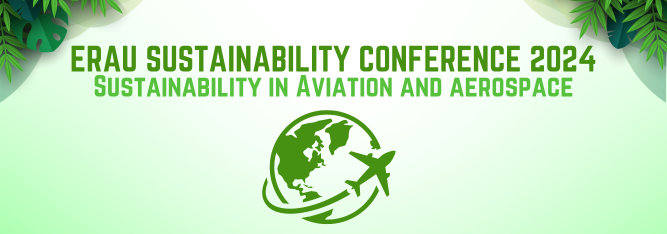Plastic Alternatives: Bioplastics use in Reducing Plastic Footprint
Presentation Type
Poster Presentation
In Person or Zoom Presentation
In-Person
Campus
Daytona Beach
Status
Student
Student Year and Major
Sophomore, Aerospace Engineering
Presentation Description/Abstract
430 million metric tons of plastic are produced each year, but only 9% of this plastic is recycled. Currently, about 171 trillion pieces of plastic are in the ocean, and by 2050, it is expected that there will be more plastic than fish in the ocean. As this problem grows, bioplastics emerge as a promising solution. These are derived from a natural, biodegradable plant material (they decompose naturally and do not leave toxic substances behind). To assess this solution, this research investigates scholarly articles to research an impact analysis. Several combined resources discuss the life cycle of bioplastics. This research suggests that bioplastics have several applications across industries that produce the most plastic waste, such as food and packaging companies. Bioplastics also can be utilized in waste management and energy production.
Keywords
Bioplastics, 'Plastic Usage', 'Plant-based plastics', 'Biodegradable plastics', 'Compostable Plastic', 'Plastic Alternatives', 'Innovation', 'Bio Plastic', 'Decomposition'
Plastic Alternatives: Bioplastics use in Reducing Plastic Footprint
430 million metric tons of plastic are produced each year, but only 9% of this plastic is recycled. Currently, about 171 trillion pieces of plastic are in the ocean, and by 2050, it is expected that there will be more plastic than fish in the ocean. As this problem grows, bioplastics emerge as a promising solution. These are derived from a natural, biodegradable plant material (they decompose naturally and do not leave toxic substances behind). To assess this solution, this research investigates scholarly articles to research an impact analysis. Several combined resources discuss the life cycle of bioplastics. This research suggests that bioplastics have several applications across industries that produce the most plastic waste, such as food and packaging companies. Bioplastics also can be utilized in waste management and energy production.

